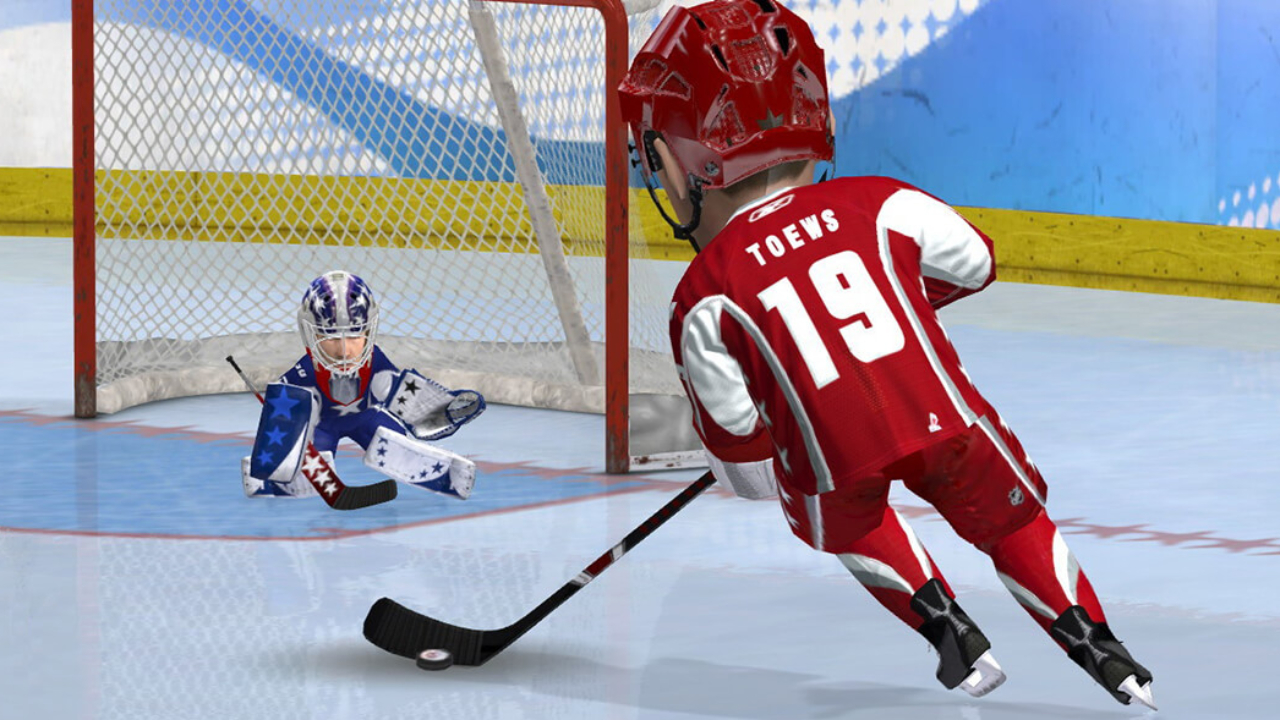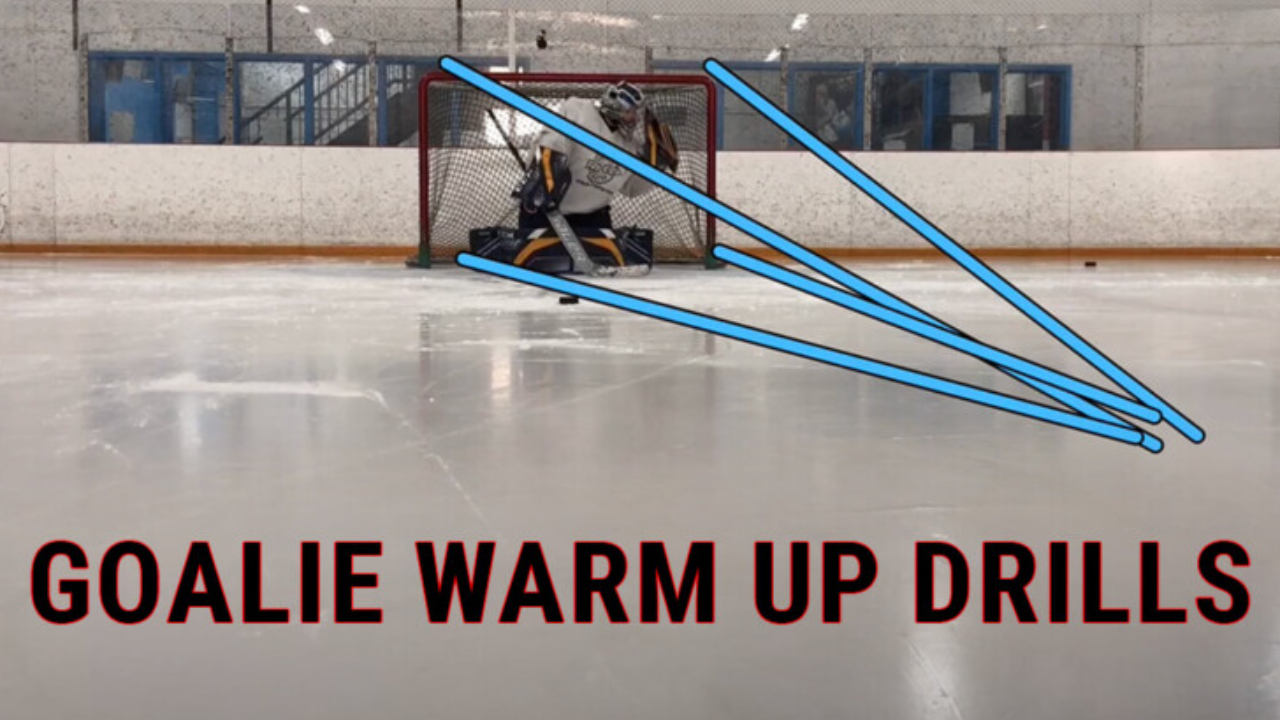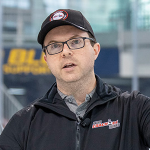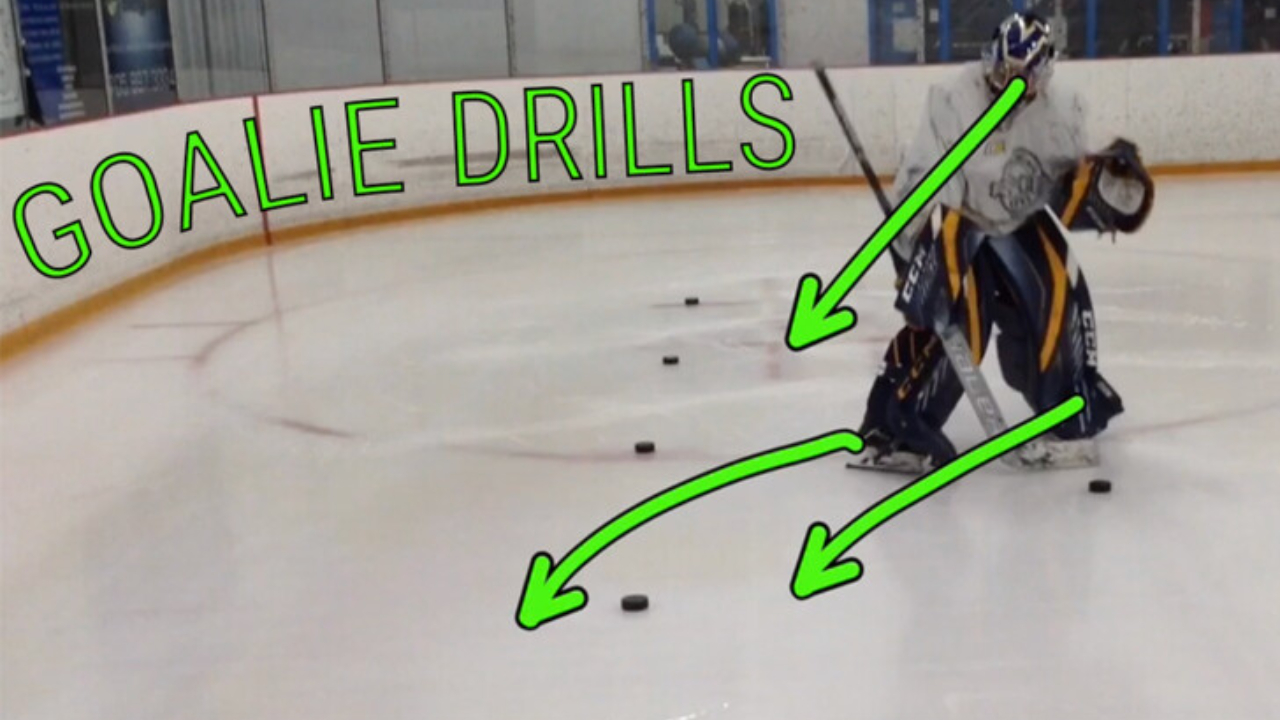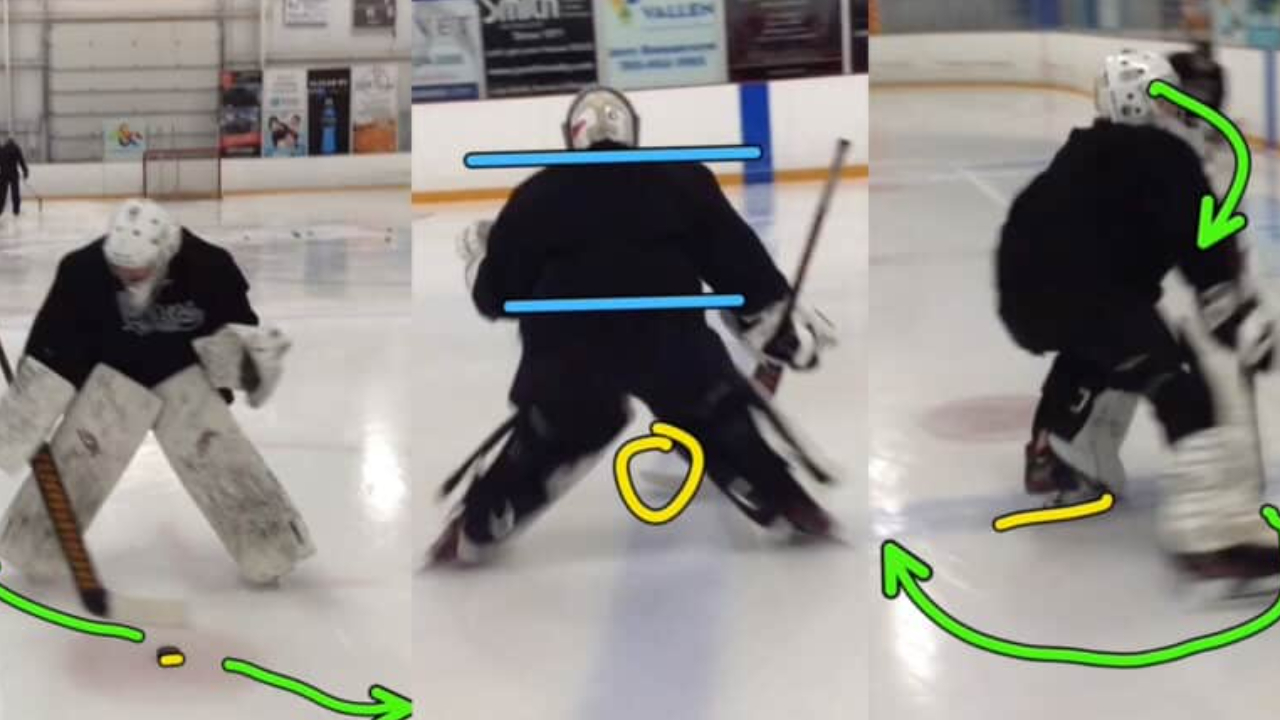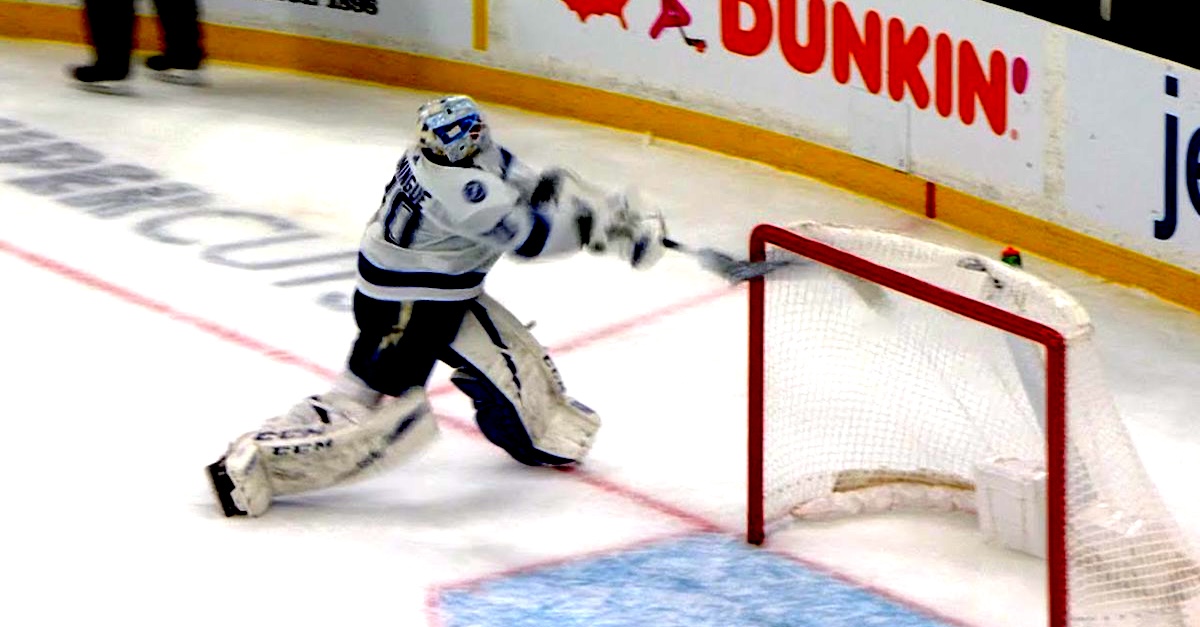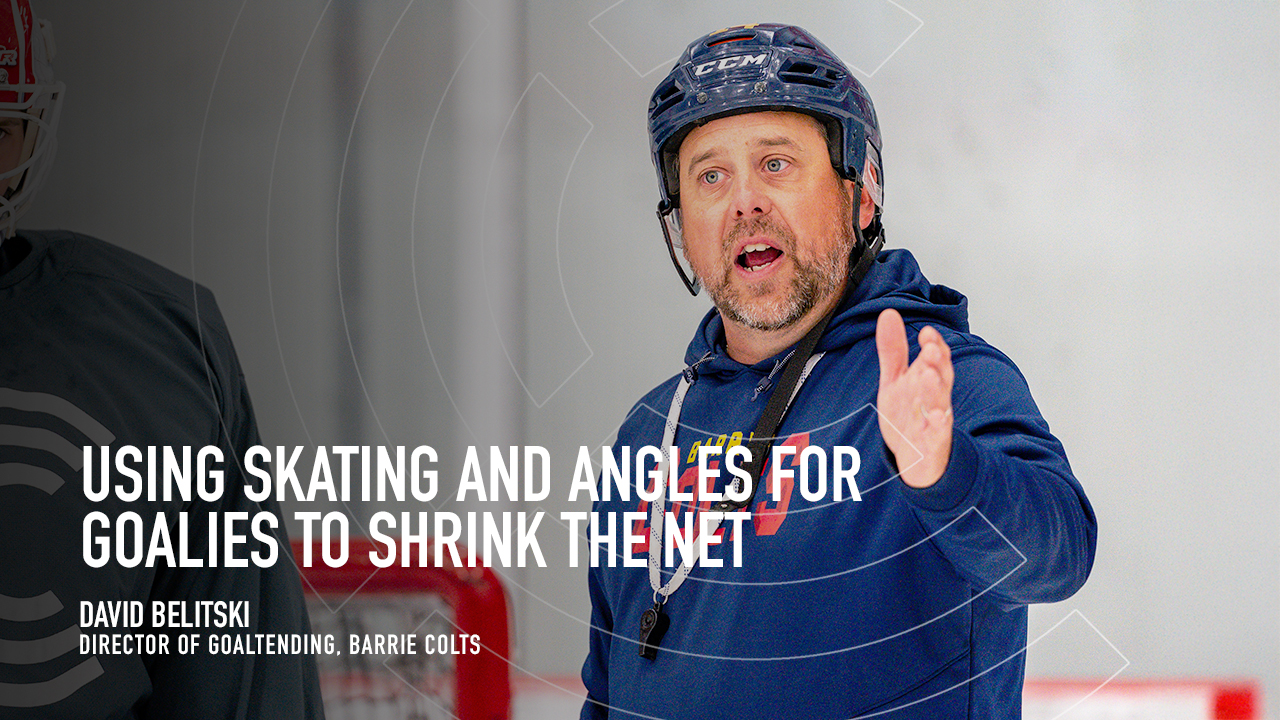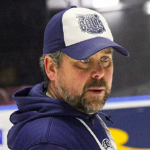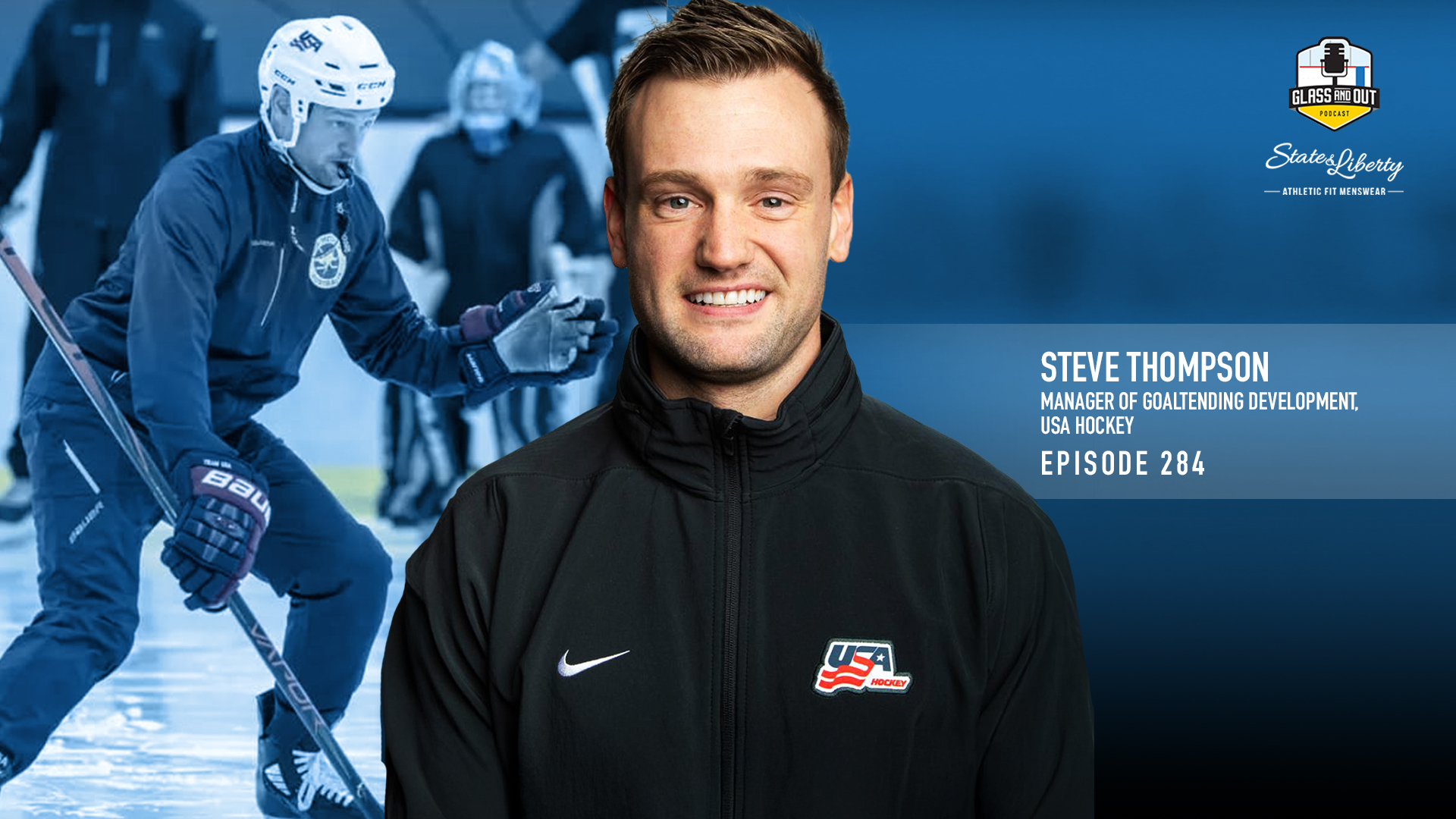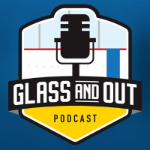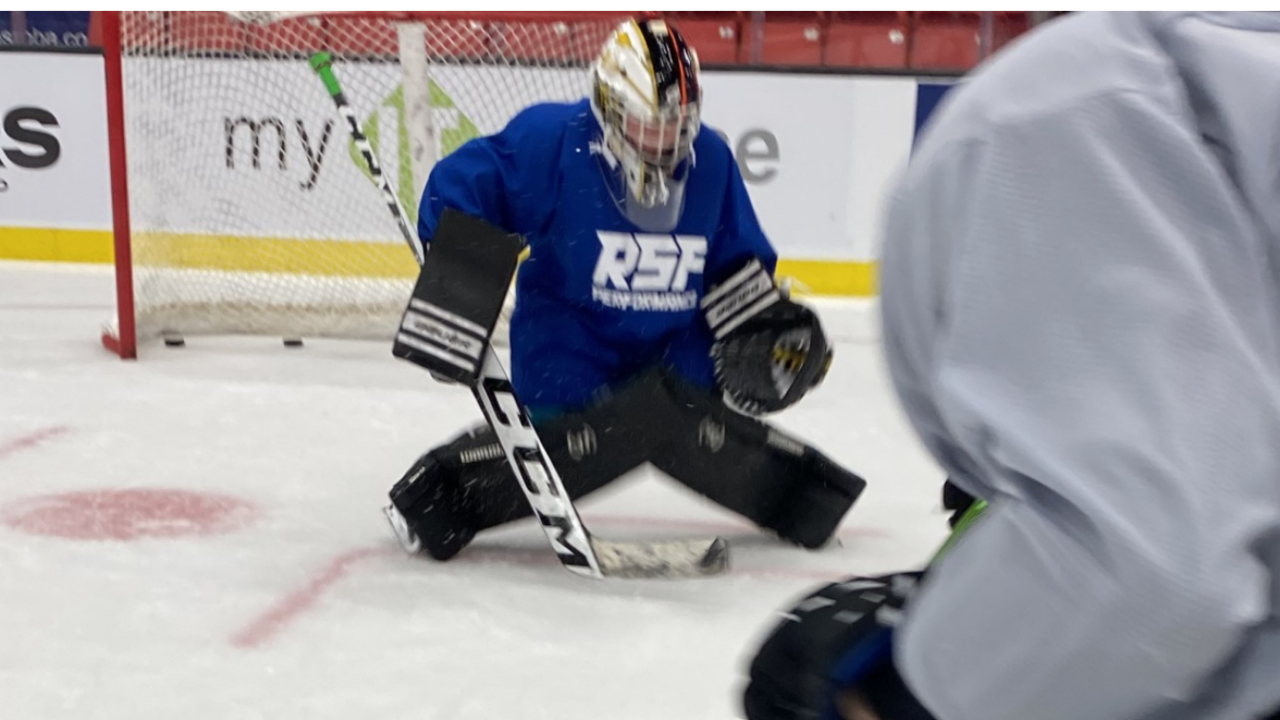
As a youth coach, goalie development has always been a challenge for me. Last season, coaching a U15 team, I found myself facing the dilemma of balancing individual goalie development with the needs of the team. The parents expectations of T-Pushes and crease shuffles was overshadowing the importance of team practice. Youth hockey coaches normally don't have the support of a goalie instructor on their staff, and its up to us to educate ourselves on the basics. So how can we make the shift towards a team-centric approach to goalie development and share practical strategies to integrate goalies into team practices effectively.
Addressing the Elephant in the Room: Goalie Development Challenges
The topic of goalie development often sparks debate within the youth hockey community, highlighting a significant challenge many coaches face. The traditional focus on specialized drills, such as T-Pushes, shuffles and butterfly slides, has inadvertently led to a division, positioning goalies as outliers rather than integral team members. This isolation can impede not only the goalie's growth but also the team's overall dynamics. Compounding this challenge is the pressure from parents, who frequently advocate for more individualized attention on their goalies specific skills, further exacerbating the dilemma of integrating goalies into team practices seamlessly. Addressing these issues requires a understanding of both the unique role of the goalie and the needs of the team. By acknowledging this, we can pave the way for more effective development strategies that recognize goalies as team members, and not as a separate identity.
Integrating Goalies into Team Practices: A Balanced Approach
To weave goalies seamlessly into a team practices, it’s essential to blend their development with the team’s routine activities. One effective method is to involve goalies in situational play drills, such as breakouts or penalty kills, where they can practice their positioning and puck retrievals. Another tactic is to watch for when goalies are using their RVH or overlaps techniques and if they are at the appropriate times. Unless you are an ex-goalie, I would suggest keeping the details of their technqiue to their goalie instructor, however coaches can still pay attention to the specific times these techniques is being used. By creating scenarios where goalies and skaters are interdependent, we foster a mutual understanding and respect for each role within the team context. Coaches can also rotate goalies in small group drills, ensuring they face a variety of shots and situations, which mirrors the unpredictable nature of games. This balanced approach not only sharpens the goalie’s skills but also enhances the team's adaptability and readiness for real-game situations, making the collective unit stronger and more cohesive
Practical Strategies for Goalie Development
Incorporating goalies into a team practices requires thoughtful strategies that cater to their unique skills while keeping team objectives in focus. One effective method involves dedicating portions of the practice to goalie-specific drills that also engage other team members. For instance, during shooting exercises, incorporate drills that emphasize not just scoring but also goalie positioning, rebound control, puck tracking, allowing skaters to work on their accuracy and timing in a game-like situation.
Another strategy is the integration of goalies into small area games, which sharpens their reflexes and decision-making under pressure while fostering competitive camaraderie with skaters. This not only enhances the goalie’s agility and awareness but also provides skaters with insights into how goalies read plays, leading to better offensive strategies.
By integrating these practical strategies into regular practice routines, coaches can ensure that goalies receive the specialized attention they require without isolating them from the team, thus promoting a well-rounded development environment for all players.
Navigating Parental Expectations and Communication
Navigating parental expectations requires an empathetic approach from coaches. Effective communication is key in bridging the gap between parents' desires for individual development and the team’s collective goals. A proactive strategy involves setting clear guidelines and expectations at the start of the season, detailing how goalie development is integrated within team practices. Coaches should also offer regular updates on their child’s progress and how they contribute to the team's success, which can alleviate concerns and highlight the goalie's importance. Hosting quarterly parent meetings providing the rationale behind practice structures and the emphasis on team-centric development. Additionally, offering resources or recommendations for external specialized training can demonstrate a commitment to supporting all players' needs, including goalies. Engaging in open, honest conversations fosters a supportive community around the team, ensuring that all members, including parents, understand and appreciate the value of a balanced approach to development.

